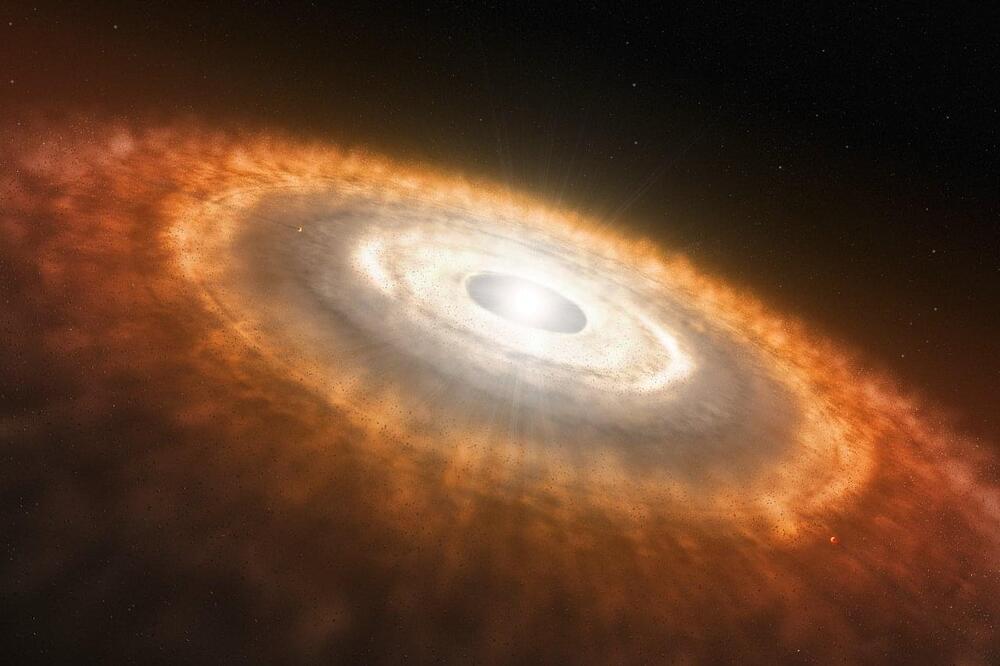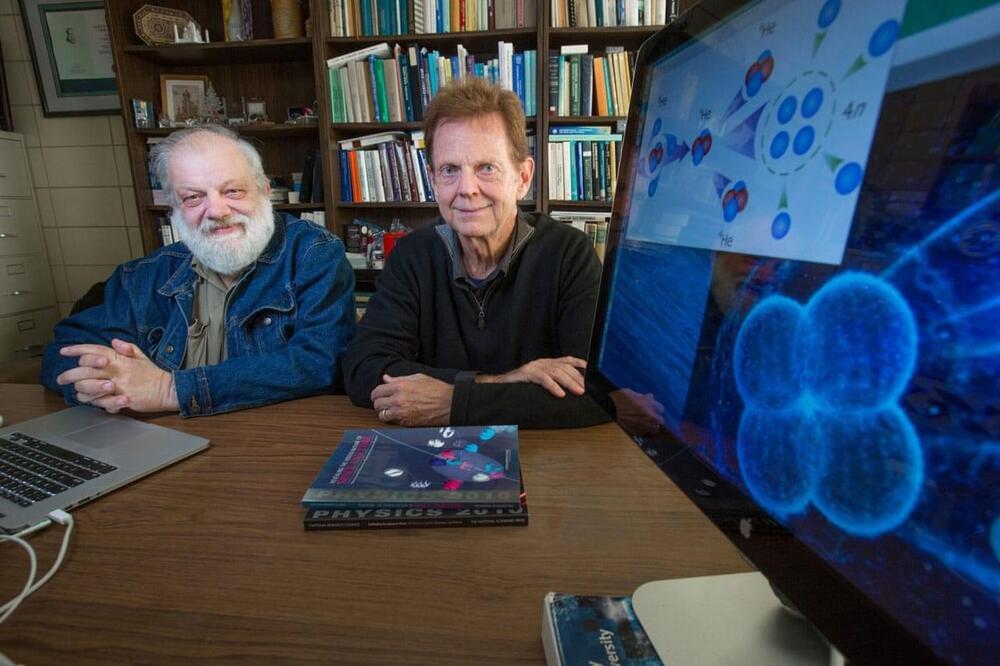What would happen if you put a couple of physicists in a room with a rope, a box and a black hole? They might come up with a plan to power the Earth for centuries. Black holes aren’t something you come across every day. To make a black hole of your own, you’d have to squeeze a star ten times bigger than our Sun into a sphere the diameter of New York City.
Transcript and sources: https://whatif.show/what-if-we-could-harness-the-energy-of-a-black-hole/
Music: http://bit.ly/whatif-music.
Watch more what-if scenarios:
Planet Earth: https://www.youtube.com/watch?v=_-HhCwYD7rc&list=PLZdXRHYAVx…Yq9N9wyb2l.
The Cosmos: https://www.youtube.com/watch?v=gfuJyVkMH_g&list=PLZdXRHYAVx…wXNGYHmE8U
Technology: https://www.youtube.com/watch?v=CS3bBO05fpU&list=PLZdXRHYAVx…qSEB7kDdKO
Your Body: https://www.youtube.com/watch?v=QmXR46TrbA8&list=PLZdXRHYAVx…2ySsHj8GZO
Humanity: https://www.youtube.com/watch?v=fdCDQIyXGnw&list=PLZdXRHYAVx…t8zFxSCSvZ
Tweet us your what-if question to suggest an episode: https://twitter.com/WhatIfScience.
What If elsewhere:
Instagram: https://www.instagram.com/whatif.show/
Twitter: https://twitter.com/WhatIfScience.
Facebook: https://www.facebook.com/What.If.science.
Suggest an episode (detailed): http://bit.ly/suggest-whatif.





